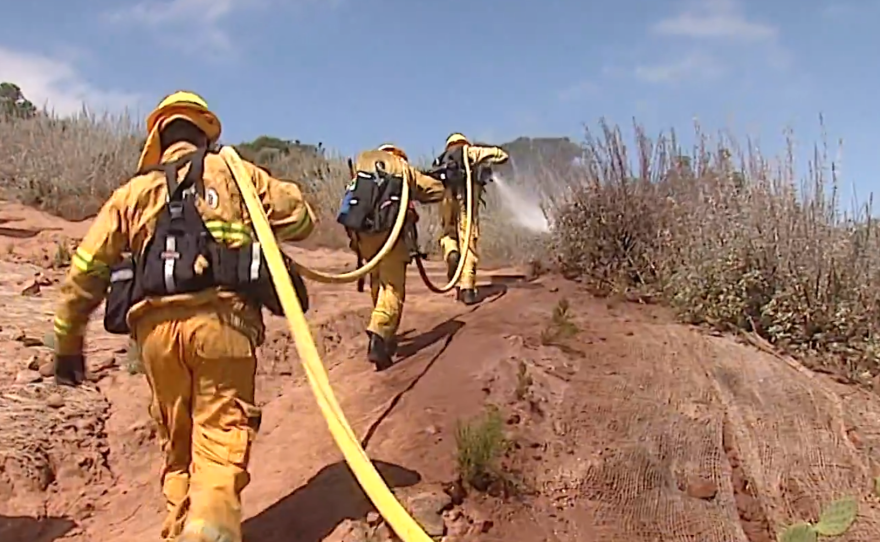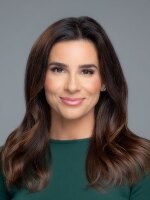San Diego firefighters are on full alert as they prepare for what may potentially be a busy season. For the last month, almost 900 of them have been practicing drills up to three times a day to get ready.
San Diego Fire Chief Brian Fennessy on Wednesday said the grass crop around the city and county hasn't been as tall and thick as it is now for about three years.
"What's important about that is that when these fires start in the grass, they move very quickly with or without wind into the drier heavier vegetation," Fennessy said. "That dry vegetation is what is going to cause us the largest problem."
Fennessy is expecting a busy fire season statewide as well as locally. Firefighters are particularly concerned about 29 million trees in the lower Sierra that are dead or dying from drought conditions. They are also prime kindling for fire, and if they burn, local fire crews expect to be called in to help.
"We are part of that mutual aid system and we likely will be sending resources from the city from the county north to go battle these fires," Fennessy said.
He said fires continue to do what they have been doing throughout history. He said the difference now is that there are homes and businesses where those fires have previously burned through open country.
"We're prepared for terrorism, we're prepared for earthquake, we're prepared for all hazards," Fennessy said "But, bar none, wild land fire represents the greatest threat to this county."
Fennessy said the best preparation is to have a family plan in place before disaster strikes.







